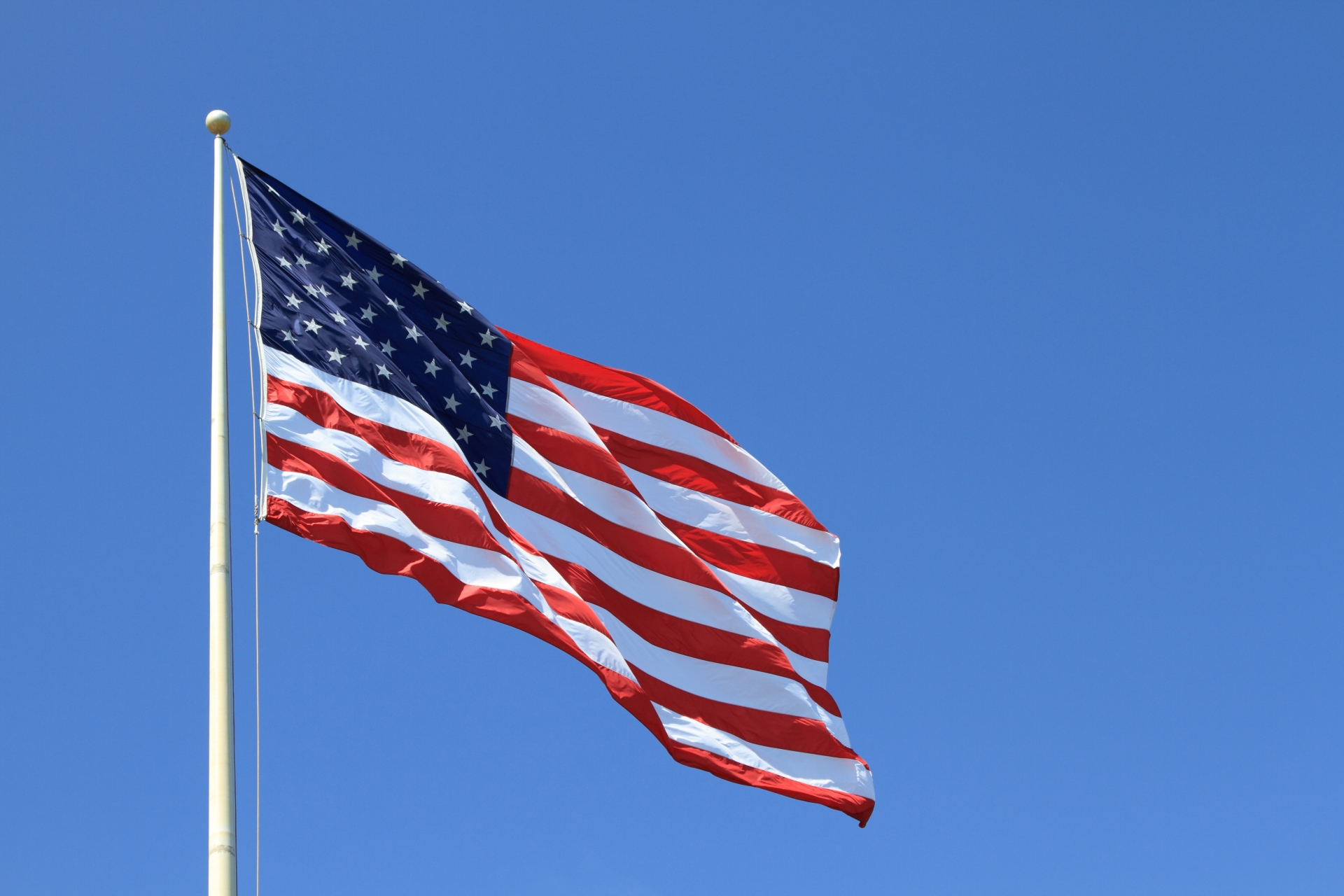North Dakota in the U.S. Midwest and Northern Plains is known for its extreme cold winters, but surprisingly, summer temperatures can rise significantly, sometimes resulting in extended periods of intense heat. The state experiences alternating dry heat and occasionally humid, muggy conditions. Below, we explain the causes of the heat, effective heat countermeasures, and relatively cool spots within the state.
1. Causes of Heat in North Dakota
1-1. Continental Climate
- North Dakota is located in the inland central region and is hardly influenced by oceanic moderation.
- During summer, strong sunlight can cause temperatures to rise to around 35°C (95°F).
1-2. Why High Temperatures Occur Despite High Latitude
- Around the summer solstice, the daylight hours are very long (over 16 hours in the northern parts).
- This causes the ground and air to warm up for extended periods, leading to higher temperatures.
1-3. Mix of Dry and Humid Conditions
- Typically, the heat is dry and crisp, but when moist air flows in from the Gulf of Mexico or southern Great Plains, humidity and muggy heat sharply increase.
- The heat index can feel 5 to 10°C (9 to 18°F) higher than the actual temperature on such days.
1-4. Heatwave and Thunderstorm Cycles
- When high pressure remains, heatwaves last for several days, followed by unstable air and thunderstorms.
- Temperatures cool after storms, but humidity often remains high.
2. Heat Countermeasures
2-1. Individual Level
- Avoid outdoor work during the daytime (11 a.m. to 4 p.m.).
- Hydrate before feeling thirsty (especially important in dry conditions where thirst may be delayed).
- Wear breathable clothing and hats to block sunlight.
- Sunglasses and sunscreen are essential due to strong UV rays.
2-2. Living Environment
- Air conditioning is common, but in dry areas, evaporative coolers (swamp coolers) are efficient.
- Use blackout curtains or blinds to block direct sunlight.
- Open windows at night when ventilation is good to bring in cool air.
2-3. Community and Administration
- Notify heat warnings especially for elderly people and agricultural workers.
- Open public facilities (libraries, community centers) as cooling centers.
3. Cool Spots (Places to Escape the Heat)
3-1. Around Theodore Roosevelt National Park
- Though not at a high elevation, it cools down in the evenings due to radiational cooling.
- The area often experiences strong winds and low humidity.
3-2. Northern Part of the State (Near the Canadian Border)
- Areas like Bottineau and the International Peace Garden have many forests and lakes, often cooling to below 20°C (68°F) at night.
3-3. Lakeside Areas
- Around Devils Lake and Lake Sakakawea, lake breezes lower the perceived temperature.
- Water activities also help provide relief from the heat.
4. Summary
| Item | Details |
|---|---|
| Causes of Heat | Continental climate, long daylight hours, mix of dry and humid conditions, heatwaves |
| Heat Countermeasures | Avoid daytime outdoor activities, hydrate, wear breathable clothing, use shading and cooling, utilize public facilities |
| Cool Places | Northern forests and lakes, Devils Lake, Lake Sakakawea, Theodore Roosevelt National Park in the evenings |



コメント